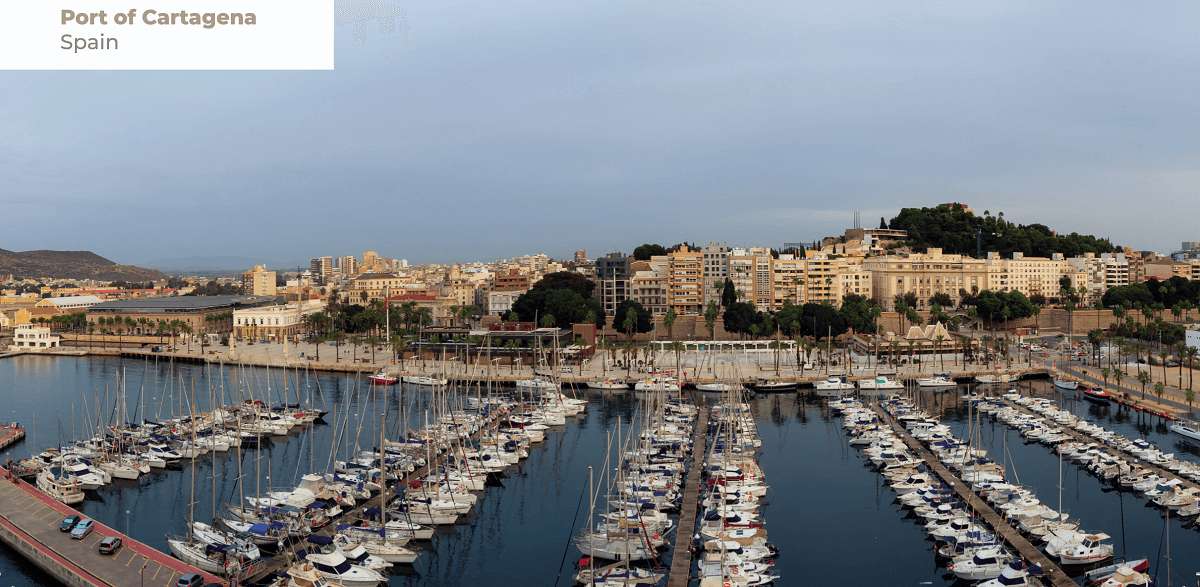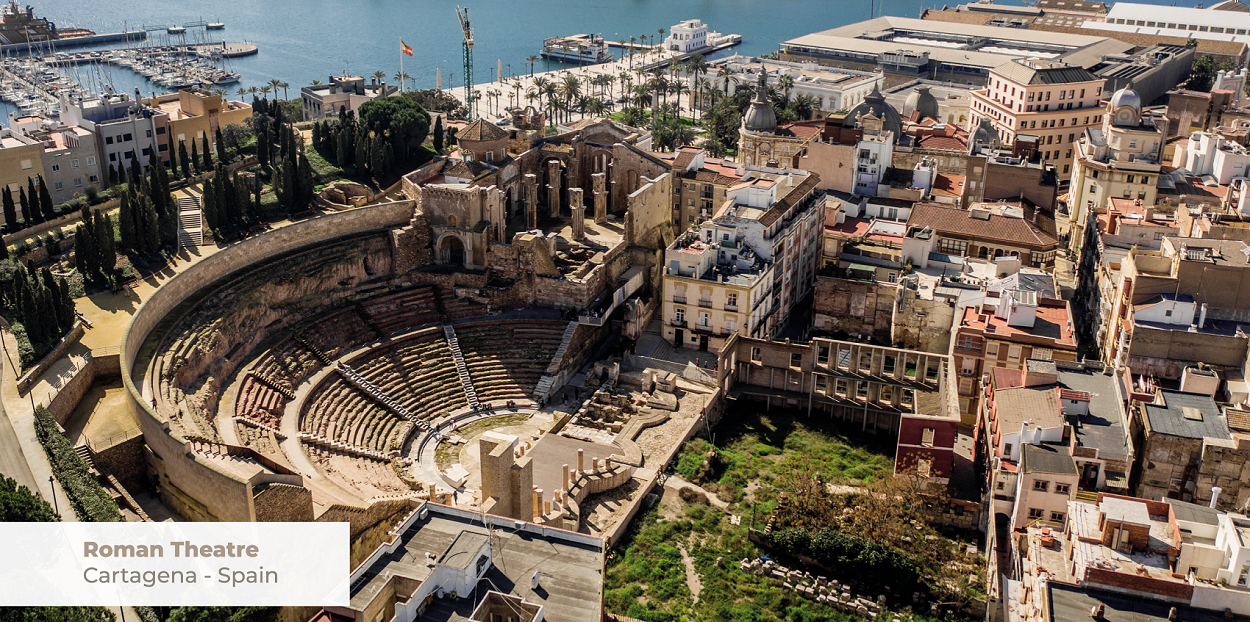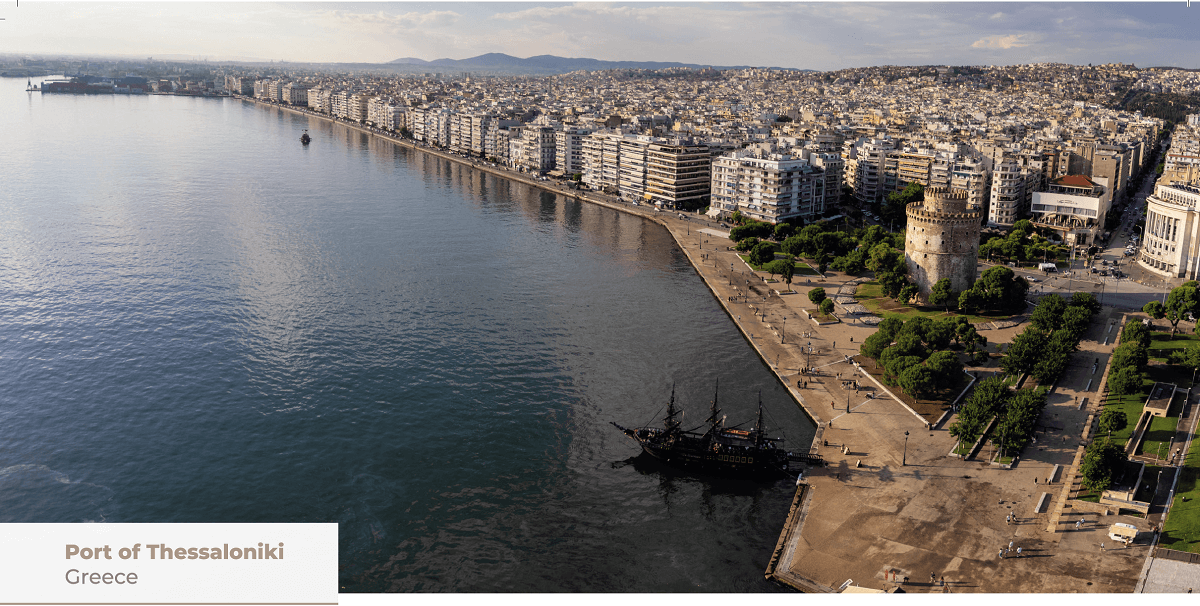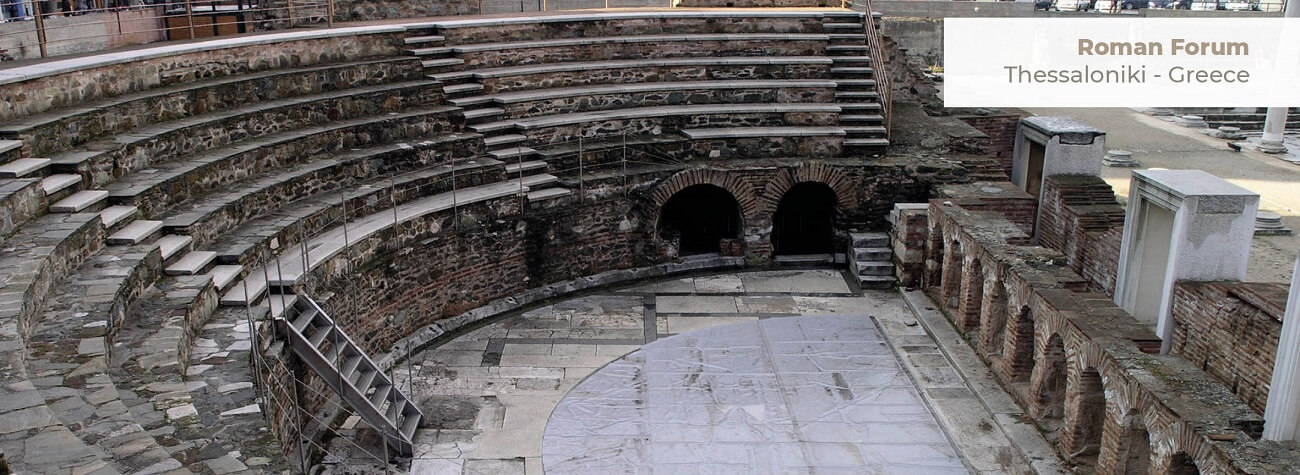CITIES CURRENTLY
Thessaloniki vs. Cartagena
………………………………………………………..
Thessaloniki and Cartagena, both vibrant cities by the sea, offer a study in contrasts and similarities.
Thessaloniki, with its strategic position on the Thermaic Gulf, serves as Greece’s cultural and economic powerhouse, boasting a population of approximately 1.093.000. Its economy is diverse, with a strong base in agriculture, technology, and education. The port, a significant trade hub, facilitates connections across the Balkans and Southeast Europe. Thessaloniki’s climate is mild and moderate, with temperatures averaging 15.4°C and a landscape marked by 36 named mountains, including the prominent Hortiatis.

Cartagena, located on the Mediterranean in southeastern Spain, is smaller, with about 220,000 residents. It’s a city with a rich naval history and a strong industrial and agricultural economy, highlighting agro-industrial exports and traditional fishing. Cartagena enjoys a typical Mediterranean climate, warmer on average at 18°C, and boasts over 300 sunny days annually. Its port, fundamental to the city’s development, is both for military and commercial purposes. The city is distinguished by its five hills, including Molinete and Monte Sacro, shaping its unique topography.

CITIES HISTORY
Thessaloniki vs. Cartagena
………………………………………………………..
Starting with the foundational aspects of Thessaloniki and Cartagena, we delve into their origins and the key elements shaping their development over centuries.
Thessaloniki, founded in 315 BC by Cassandros, king of Macedonia, quickly rose as a significant cultural and economic center, influenced by diverse cultures such as Romans, Jews, and Ottomans. Its strategic port, became a vital industrial zone, supporting over 20,000 workers and facilitating trade across the Eastern Mediterranean.
Cartagena, established by Asdrubal in 227 BC, has a rich maritime history tied to its strategic port, pivotal for military and commerce, influenced by civilizations like the Phoenicians, Romans, and Moors. The port’s significance extends beyond economic benefits, contributing to Cartagena’s identity and playing a crucial role in naval history.

Both cities’ evolution reflects their strategic geographical positions, contributing to their historical importance through various epochs. Thessaloniki served as a key Roman hub, while Cartagena’s location fostered its development as a maritime stronghold. The enduring legacies of these cities are encapsulated in their monuments and the cultural imprints left by successive civilizations.
Continuing with the historical journey, Thessaloniki and Cartagena’s timelines are marked by critical events that underscore their resilience and strategic significance. Thessaloniki’s experiences, such as one of the capitals of the Tetrarchy under Diocletia, being the second–most important city in the Byzantine Empire, the establishment of the Kingdom of Thessalonica in the Fourth Crusade, Ottoman conquest, and the transformative fire of 1917, highlight its pivotal role in regional dynamics. Similarly, Cartagena’s historical significance is evidenced by its key role in naval battles, its rich architectural heritage from various epochs, and its strategic importance in maritime trade and defense. Both cities’ stories are a testament to their enduring legacies and the diverse cultural influences that have shaped their identities over millennia.
To encapsulate the essence of both Thessaloniki and Cartagena, we’ve explored their origins, cultural influences, and significant historical events. Thessaloniki’s evolution from a Macedonian foundation to a modern European cultural hub, and Cartagena’s journey from a Carthaginian stronghold to a contemporary maritime city, both demonstrate the rich, complex histories that have shaped their present identities. Their stories of resilience, strategic importance, and cultural amalgamation offer a profound insight into the Mediterranean’s historical and cultural landscape. This overview serves as a gateway to understanding the depth and breadth of their historical narratives.

